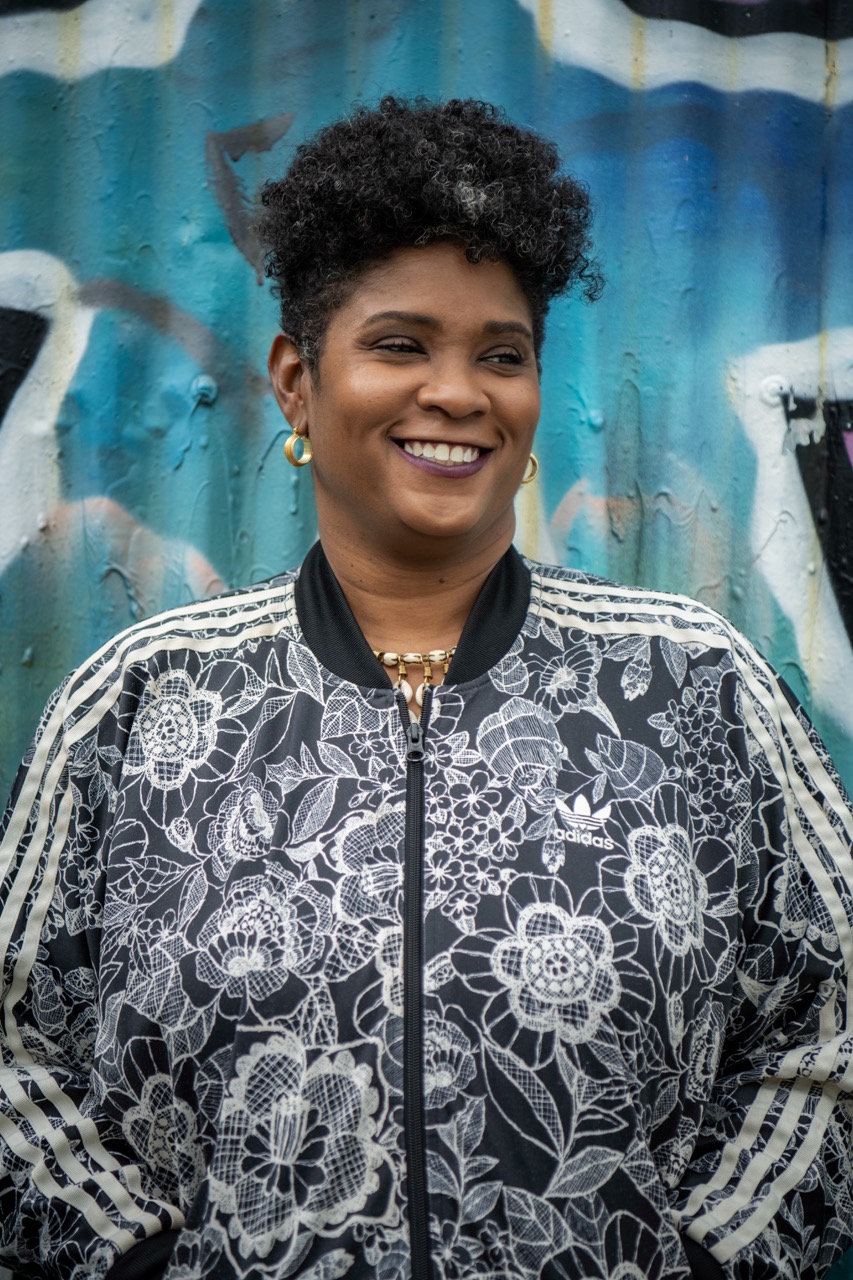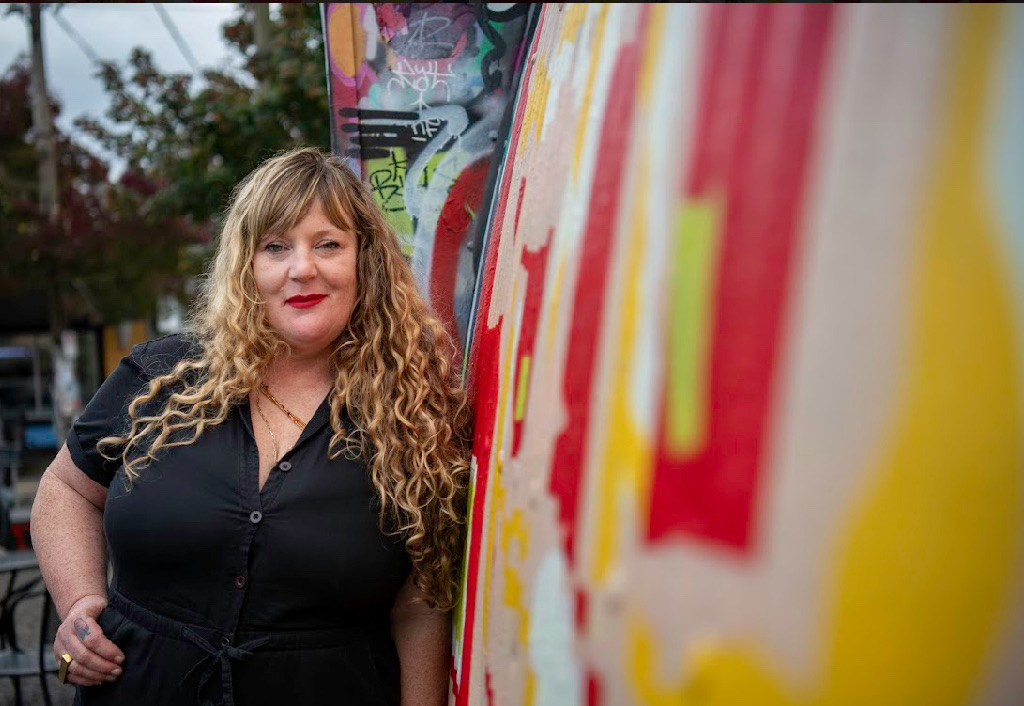Graffiti as Resistance
North View Gallery
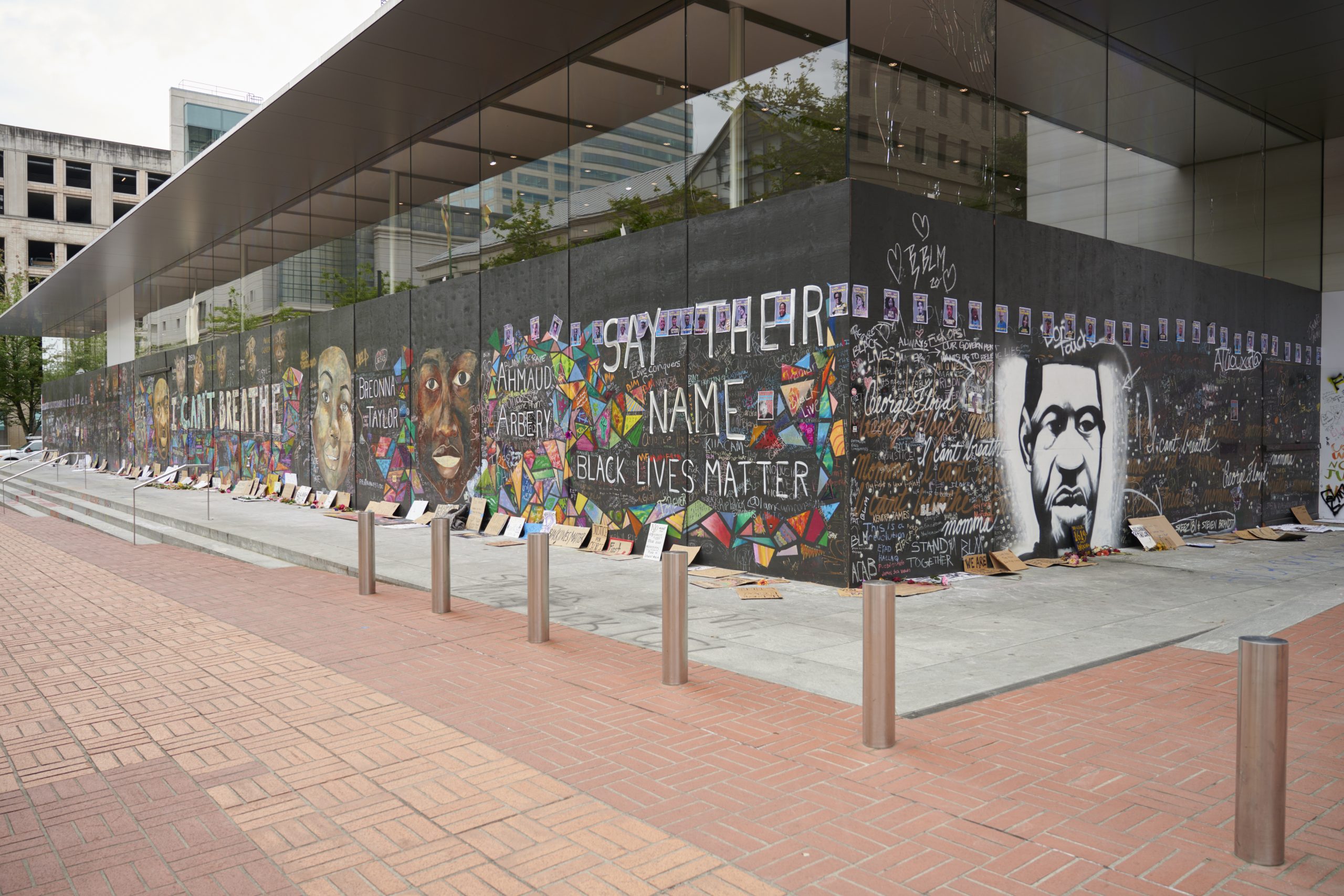
Apple store mural, Portland, Oregon, 2020. Photograph from the Don’t Shoot Portland archives. (Photo: Mika Martinez)
Graffiti as Resistance
An exhibition exploring graffiti mapping and research in Rio de Janeiro, New Orleans and Portland conducted by Dr. Lorena Nascimento and Cherise Frehner, in dialogue with conservation work by Don’t Shoot Portland.
- Exhibition Dates: November 5 – December 14, 2024
- Gallery hours: Monday – Friday, 9am-5pm, Saturdays by appointment
- Opening reception: Opening reception: Tuesday, November 5 from 12:00 – 2:00 p.m.
- Evening hours: Wednesday, December 4 until 8:00 p.m.
Related Programming:
- Graffiti Mapping Lecture in Portuguese by Dr. Lorena Nascimento and Cherise Frehner: Friday, December 6, 3:30-4:30 p.m.
- Learning about Cultural Landscapes with Street Art: presentations by PCC GIS (Geographic Information Systems) students: Thursday, December 12, 12-1 p.m.
Alex Clasen – The Art of Community:Examining the community values expressed through street art in four northeast Portland neighborhoods
Rebecca Smith – Old Town Beaverton: From Nature to “Nature”
Libby Martin – Street Arts and Crafts: An exploration of crafted street art pieces in SE Portland
Isabel Cary – Street Art of North Portland: A collection and exploration of the prevalent themes and locations of the street art found in this community-driven neighborhood - Panel Discussion with Teressa Raiford and Tai Carpenter of Don’t Shoot Portland along with Dr. Lorena Nascimento and Cherise Frehner : Saturday, December 14, 1:00 – 2:00 p.m.
Our second fall term exhibition brings together research conducted by Dr. Lorena Nascimento and Cherise Frehner, who have been documenting graffiti and building a framework for others to add to their graffiti archives in Rio de Janeiro, New Orleans and now Portland. Their research will be juxtaposed with the documentation and conservation work conducted by Don’t Shoot Portland, who in 2021, preserved the panels covering the Apple store in downtown Portland. The Apple store panels began as a mural by Emma Berger and grew to hold many other responses, including calls to action from community members participating in the 2020 uprising and memorials to many of the Black lives that have been lost in Portland.

Detail of the Apple Store mural, Portland Oregon, 2020. Photograph from the Don’t Shoot Portland archives. (Photo: Mika Martinez)
Throughout history, humans have sought ways to communicate outside official, institutional channels, marking their existence, crying for change or provoking action on public walls around the world. New York City in the 1970s provides one striking example of young artists refusing to be silent and instead writing on walls and subway cars, making their experiences visible to the wider city. Many of these early writers saw their role as reclaiming the streets from corporate advertisers, who spread their messages around the city without any input or agreement from residents. Graffiti amplified their voices and shared them with the entire city.
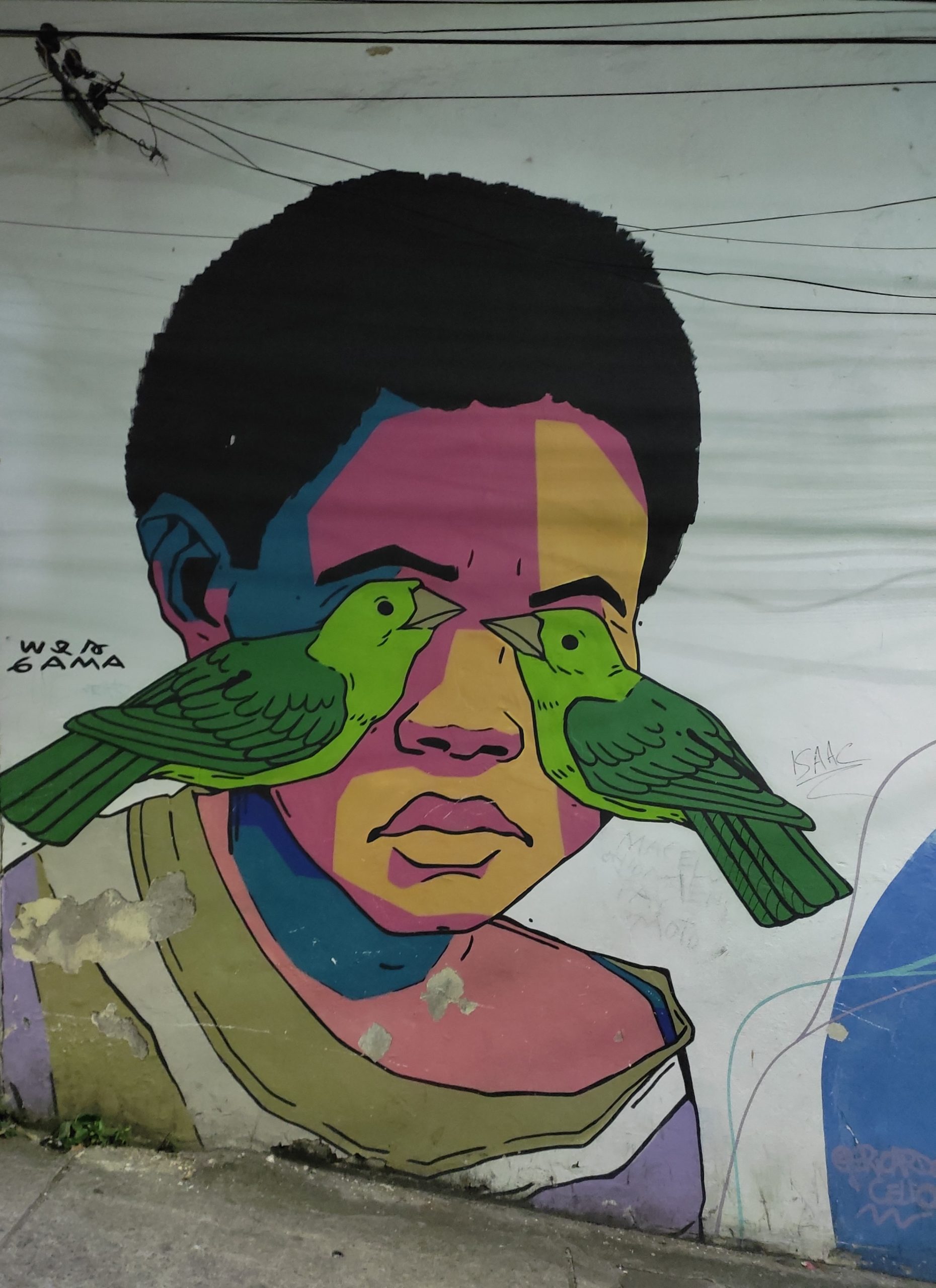
Mural by Wes Gama in Rio de Janeiro, 2022. (Photo: Archiving Graffiti Values Research Project).
In the twenty-first century, global city streets have continued to serve as important platforms where some graffiti artists challenge established norms, express the need for social change and make art accessible to a wider audience that may not visit a traditional museum or art gallery. In this exhibition, viewers will be able to view reproductions of the 2020 murals in Downtown Portland and consider that public response to oppression alongside the archives of graffiti from Rio de Janeiro and New Orleans, collected by Nascimento and Frehner. Viewers will also be encouraged to add to a growing archive of Portland graffiti, which will be accessible in the gallery for the duration of the exhibition.
Graffiti has the potential to make the streets a place of reflection and contemplation in ways that corporate advertisements cannot. What can we learn by exploring graffiti made by artists in cities like Rio de Janeiro and juxtaposing their work with graffiti made by local artists and activists in Portland? What can we learn from conservation projects focused on preserving graffiti history? Can looking closely at writing on the streets in Brazil and US cities like New Orleans and Portland help us to consider how the global and the domestic are in constant interaction with each other and how both are deeply shaped by Western powers? What is the role of graffiti in initiating public dialogue at the local and global level, around issues of race and inequality? What is the role of graffiti as a tool for social change?
In the News:
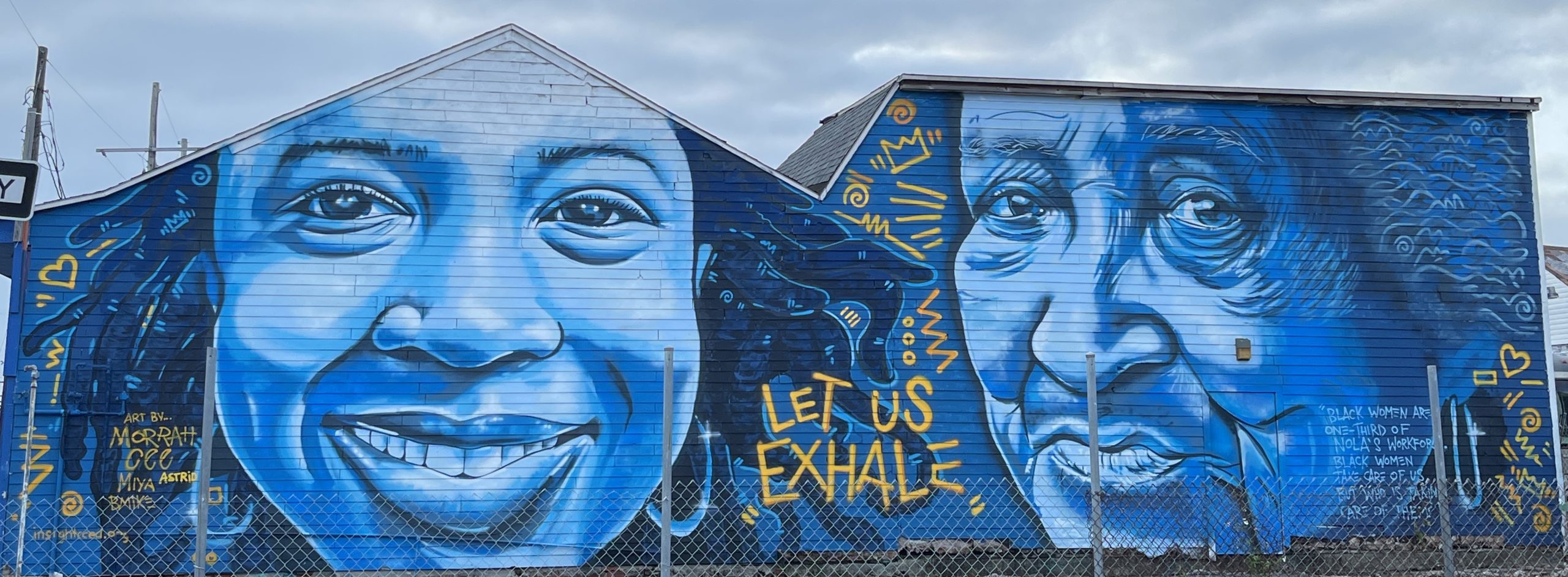
Mural by B Mike, Morrah See, Miya and Astrid in New Orleans, 2023. (Photo: Archiving Graffiti Values Research Project).
About the Researchers:
Don’t Shoot Portland is an arts and education organization that promotes social justice and civic participation. Our year-round programming allows us to advocate for community members facing racism and discrimination by providing legal representation and direct advocacy. Since our inception in 2016, Don’t Shoot Portland has hosted its own dialogues, community forums and workshops focusing on history, archiving and social culture. The art proponent of our work acts as a communicative tool to facilitate discussions about race in America while providing educational assets to those most affected by discrimination in public policy.
Dr. Lorena Nascimento is an educator working with geospatial technologies, environmental social governance, and data empowerment. She enjoys working on projects about Afrofuturism and data storytelling applied to environmental justice. In recent years, Lorena has been merging her technical skills with artwork through artificial intelligence, data collection, cartography, and design concepts. Graffiti as Resistance is a dream come true, as it combines Black culture, education, and art. Find her at @loribirth
Cherise Frehner is an educator and advisor at Portland Community College. As an artist, she handbuilds pottery at the St. Johns Clay Collective and creates collage art in her home studio. Her fascination with graffiti, especially pieces of revolt and denouncement, began in the 2010 with the Arab Spring uprising. She is endlessly inspired and appreciative of the courage of graffiteiro/es. Find her at @sextafeira.ceramica

